Educating Others About Biodiversity: Inspire Curiosity, Spark Action
Chosen theme: Educating Others About Biodiversity. Step into a welcoming space where we transform complex ecological ideas into everyday stories, hands-on activities, and meaningful conversations that help families, students, and communities understand, value, and protect the living web around us.
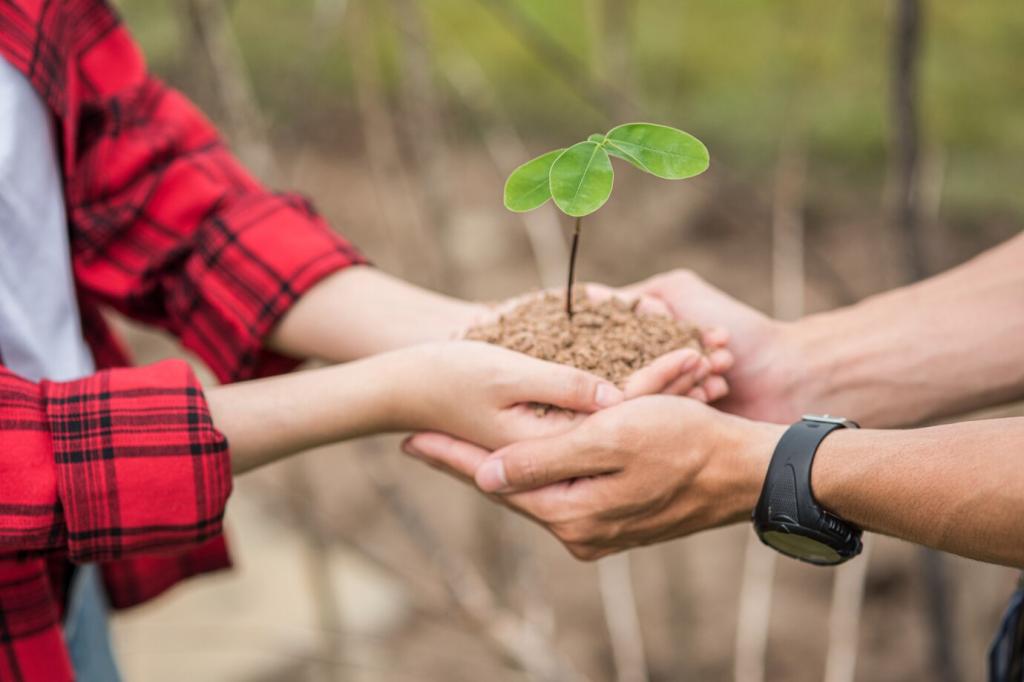
Why Teaching Biodiversity Changes Everything
Biodiversity is not only a distant rainforest or coral reef; it’s the soil under your garden, the birds on your street, and the microbes in your sourdough. When people see this web touching dinner plates, commutes, and wellbeing, education transforms curiosity into lasting care.
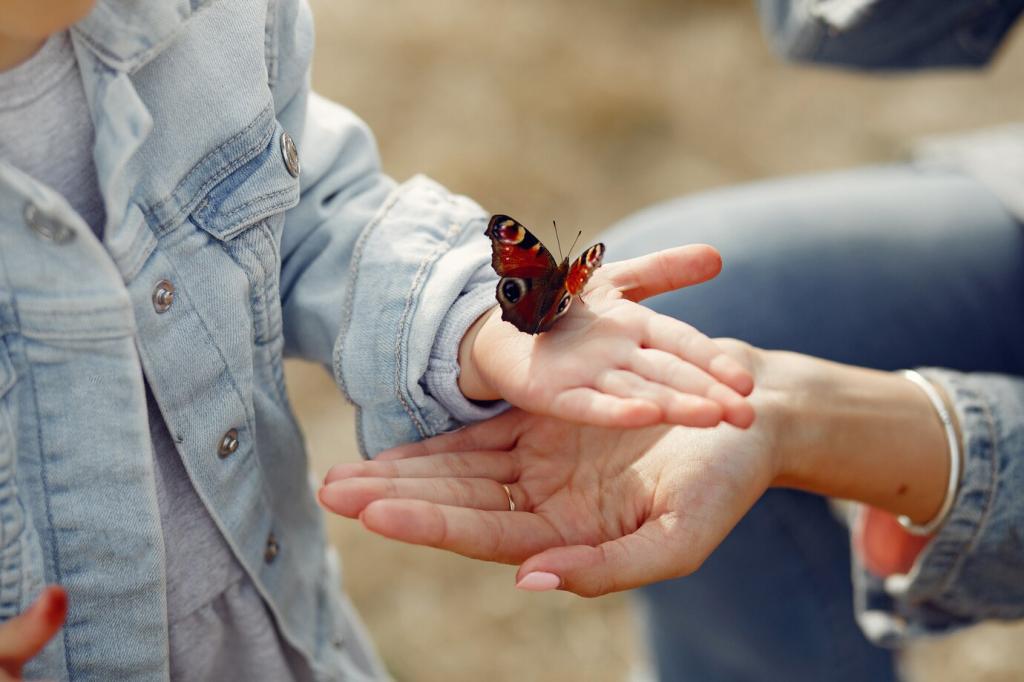

Everyday Teaching Moments You Can Try Today
Invite friends or kids on a short walk to list plants, insects, and birds within one block. Compare notes tomorrow and notice changes after rain or mowing. This tiny ritual teaches observation, seasonal patterns, and how urban spaces quietly host surprising biodiversity.
Classroom and Workshop Ideas That Travel Well
Build a Mini Ecosystem in a Jar
Create a sealed terrarium to explore cycles of light, water, and nutrient flow. Students monitor condensation, plant growth, and tiny decomposers, connecting classroom experiments to forest dynamics. Invite participants to predict changes and share weekly photos, nurturing ownership and patient observation.
Biodiversity Role-Play Debate
Assign roles—farmer, urban planner, pollinator, river, and community youth. Each presents needs and trade-offs for a shared landscape. The debate reveals complexity without villains, showing how education helps people negotiate diverse values while protecting habitats. Ask readers to propose new roles in the comments.
Local Species Trading Cards
Have learners design trading cards for neighborhood species, including habitat, diet, and threats. Swapping cards builds friendly competition and shared vocabulary. At the end, create a community deck and publish it online, inviting subscribers to submit designs from other regions for a living collection.
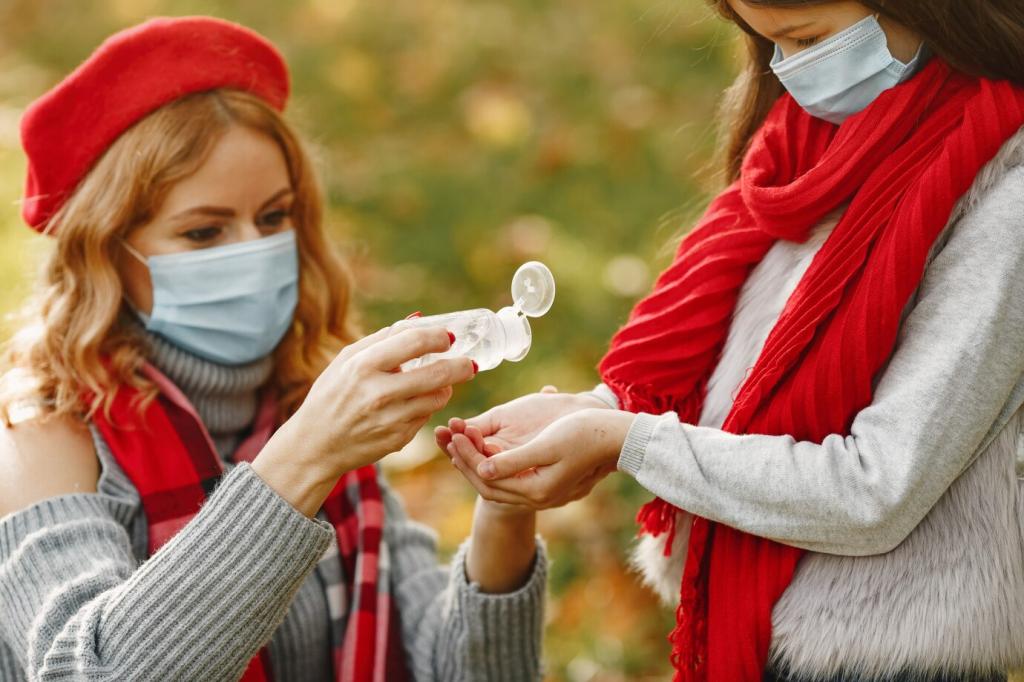

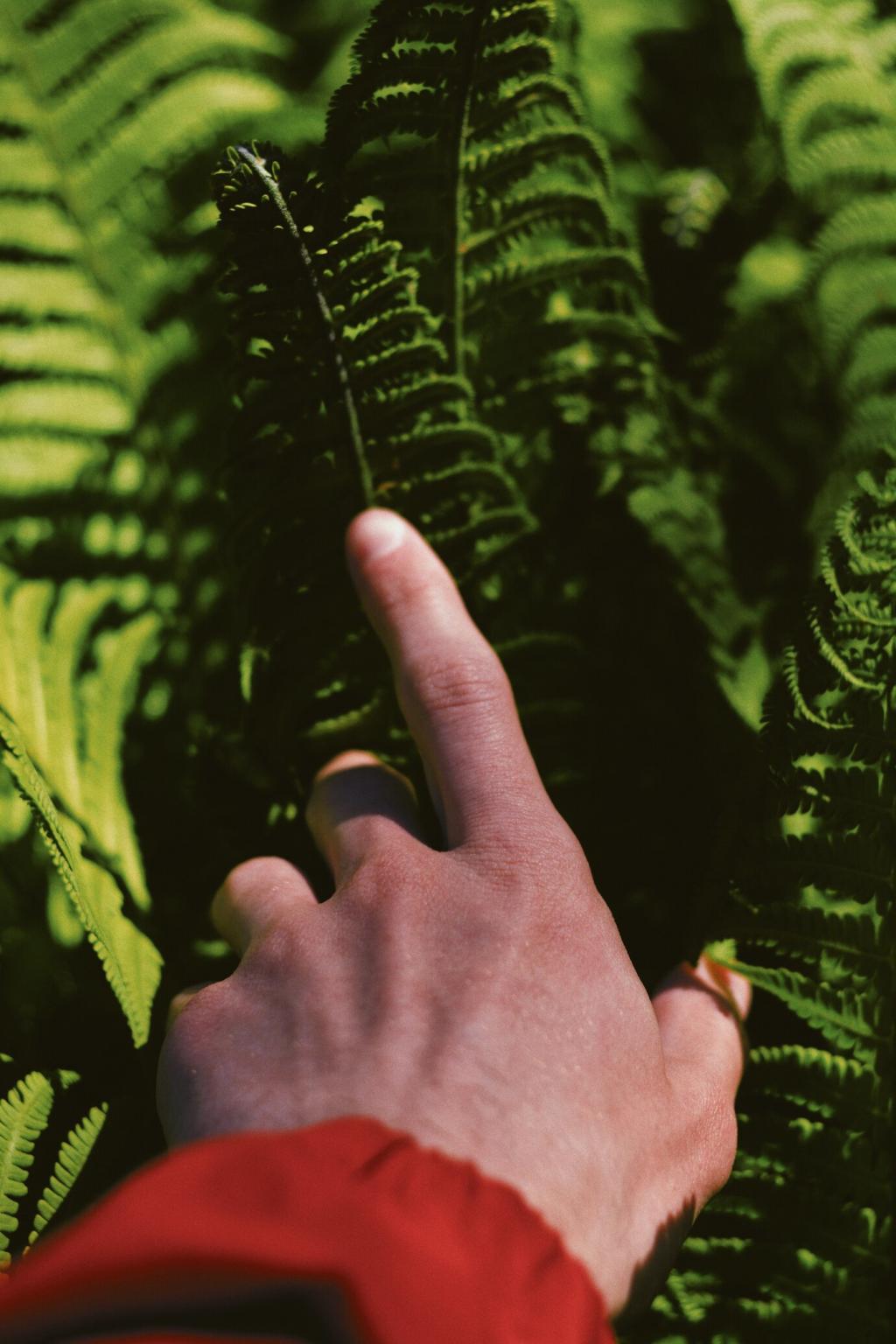
Stories That Stay: Making Biodiversity Emotional
Tell the story of a single oak that anchors childhood memories, harbors insects, and cools sidewalks. When mapped over decades, the oak becomes a teacher of patience and change. Encourage readers to share a personal ‘anchor species’ that shaped their sense of place.
Stories That Stay: Making Biodiversity Emotional
Share a candid account of a local pond that lost frogs after nearby construction. Pair grief with steps a youth group took—adding native plants, building a buffer, reducing runoff. Narrative arcs that move from loss to agency help learners transform sorrow into stewardship.
Photo-to-Identification Apps
Teach learners to photograph plants and insects from multiple angles and note location. Compare suggestions from identification apps and discuss confidence levels. This practice turns casual snapshots into learning opportunities, while respectful posting encourages a community of curious, supportive observers.
Neighborhood BioBlitz Week
Host a weeklong community challenge to record species in parks, schoolyards, and balconies. Share daily highlights, offer mini prizes, and host a closing chat to discuss surprises. BioBlitzes make education participatory, playful, and visible—perfect for inviting new subscribers to join.
Mapping Microhabitats
Have participants map microhabitats—cracks in sidewalks, hedgerows, pond edges—and log species. Visualizing these small places shows how even tiny refuges matter. Encourage readers to upload maps and collaborate across neighborhoods to find corridors that help wildlife move and thrive.
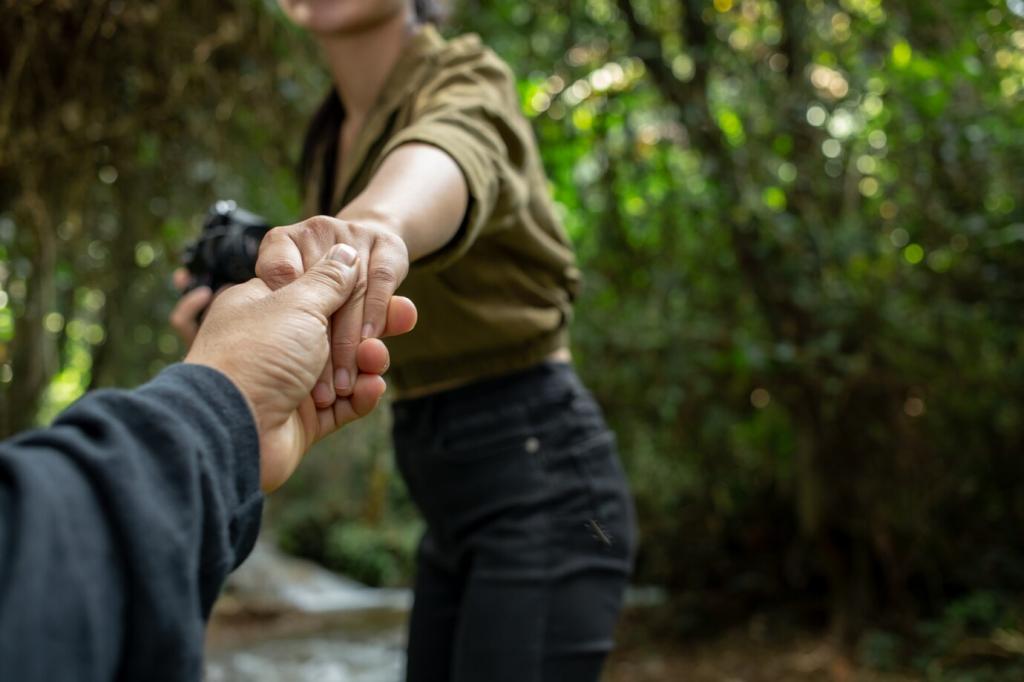
Clearing Up Common Misconceptions
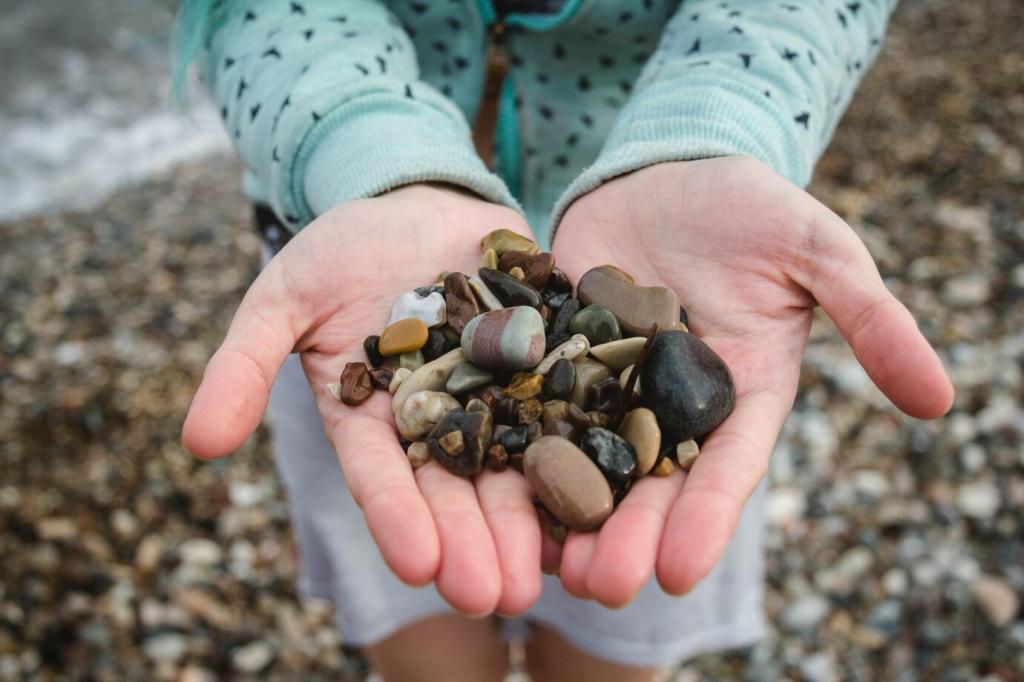
Explain how biodiversity includes genetic diversity in crops, soil microbes, and even the microbiome that influences health. Sharing relatable examples—different apple varieties, compost life, and gut bacteria—helps people see the bigger picture and talk about it confidently with friends.
From Learning to Leading: Community Action
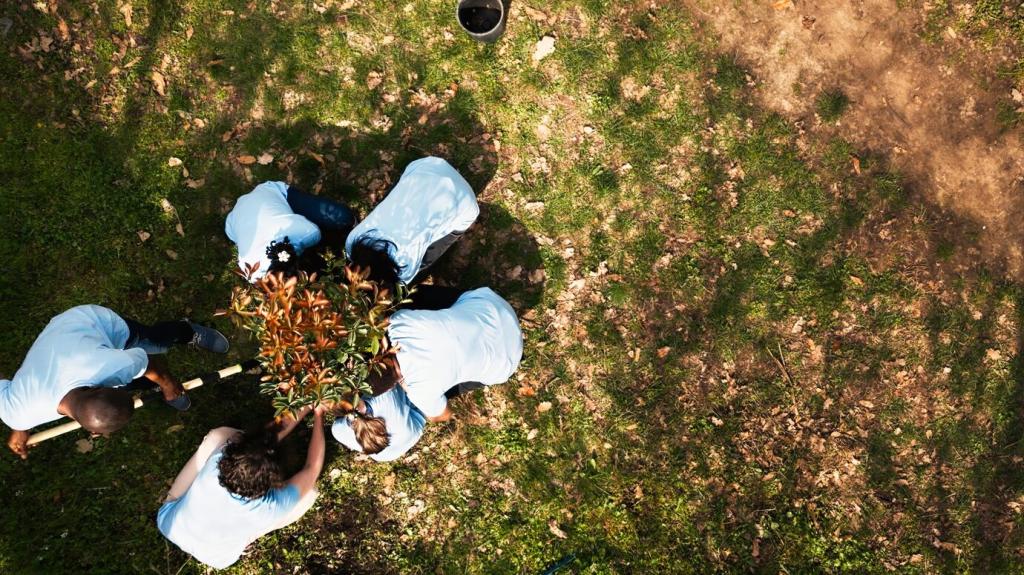
Start a Pollinator Pathway
Coordinate neighbors to plant native flowers that bloom across seasons. Use shared calendars, swap seeds, and create friendly yard signs. Education thrives when it becomes visible and social, inviting passersby to ask questions and join the pathway with their own small patches.
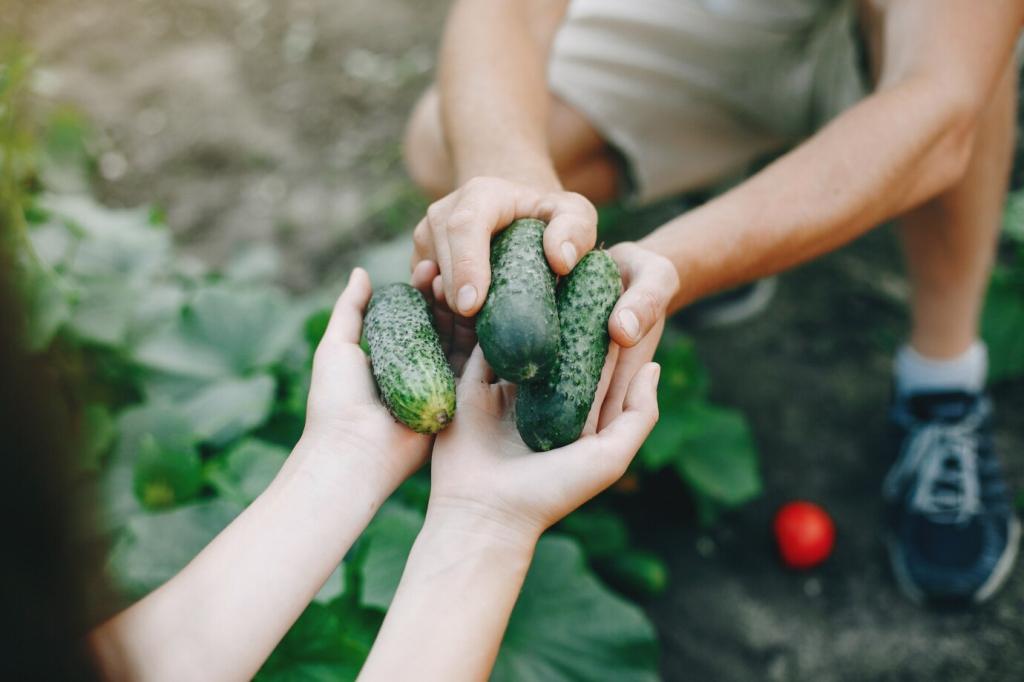
Library Kits and Pop-Up Exhibits
Partner with libraries to assemble lending kits—binoculars, field guides, and simple data sheets. Host pop-up exhibits featuring local species and student projects. This approach democratizes tools, brings families in after school, and grows a steady audience eager to learn and share.
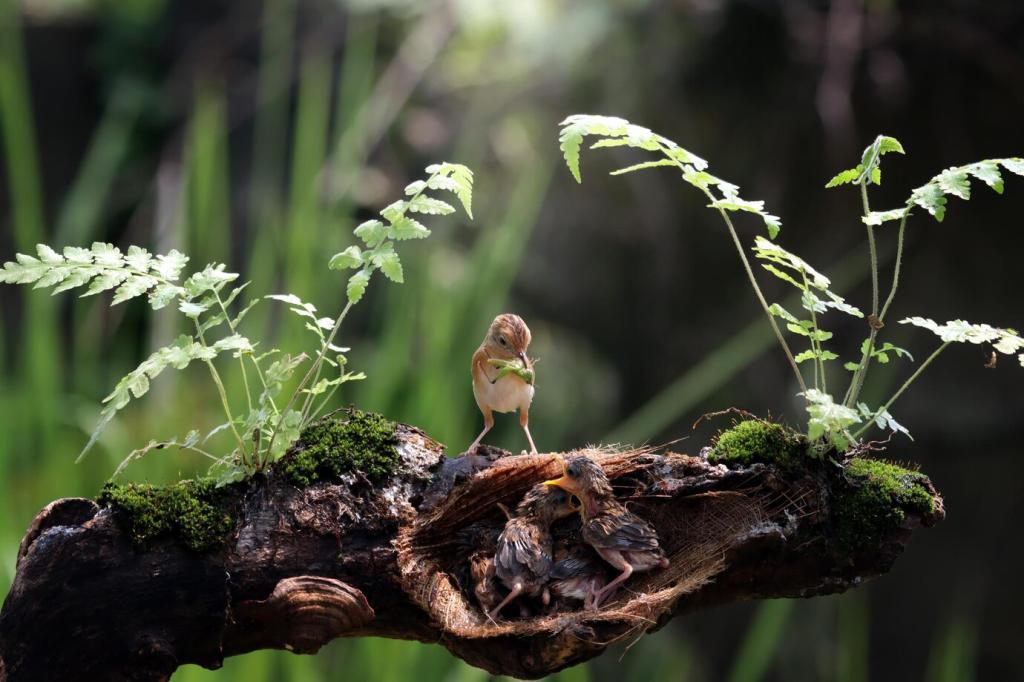
Celebrate Progress Publicly
Host seasonal events to showcase new species sightings, habitat wins, and creative student work. Public celebrations keep morale high, attract media interest, and normalize biodiversity conversations. Invite readers to subscribe for event templates and share what worked in their own communities.
